
Triumph of the City
How Our Greatest Invention Makes Us Richer, Smarter, Greener, Healthier, and Happier
Read or listen offline
Amazon KindleRecommendation
Harvard economics professor Edward Glaeser revels in cities. He loves the historical, cultural and economic forces that intersect to create cities, he loves what makes them fail or succeed, and he loves the collaborative exchange of ideas and energy that only cities offer. His wide-ranging, storytelling approach provides illustrative tales and resonant factoids, all in support of his main contention: Cities are healthier for people, economies and the environment than any other mode of living. Glaeser makes a strong, entertaining case as he travels around the world and through time. His episodic, anecdotal style both obscures and reveals his work’s intent. The evocative history he unearths makes his theoretical points with more force than his attempts to plainly state his concepts. In fact, his conjectured solutions to urban problems read as academic, and he offers no practical plans to translate them into action. But those are smaller issues within an amusing read. getAbstract recommends his welcome distillation of current thinking about cities to those who live in one, who might be considering living in one or who swear they never would.
Summary
About the Author
Edward Glaeser is the Glimp Professor of Economics at Harvard University.









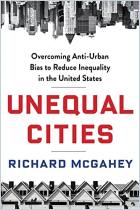
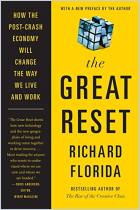
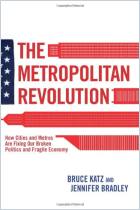
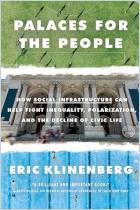
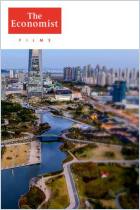










Comment on this summary